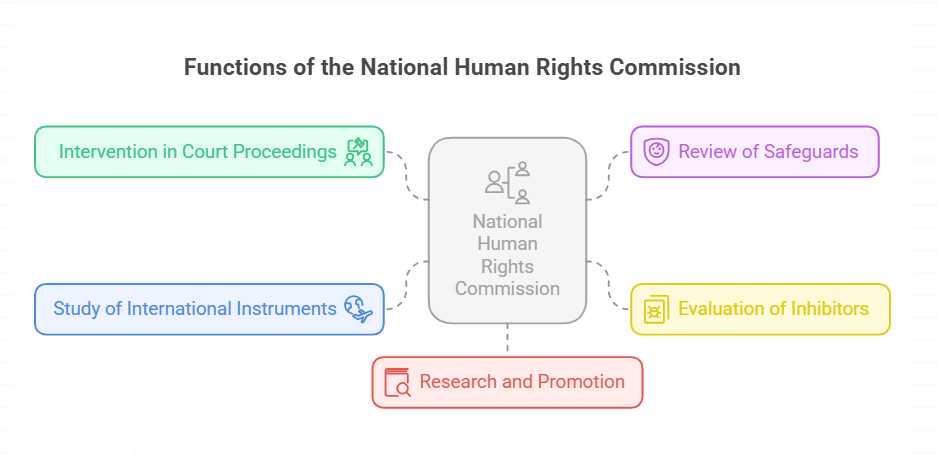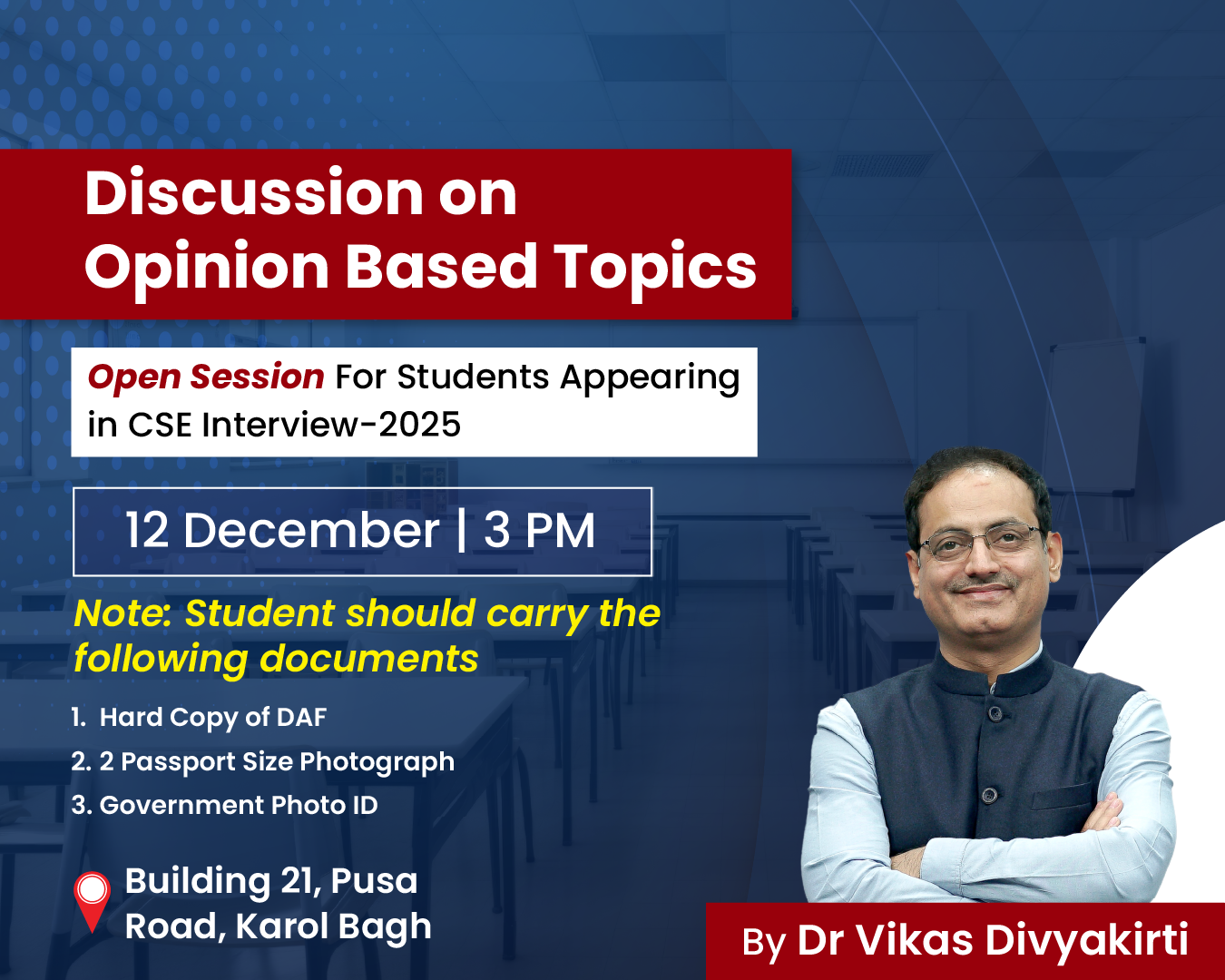-
04 Jul 2025
GS Paper 2
Polity & Governance
Day 17: “The problem with the National Human Rights Commission (NHRC) is not lack of purpose but lack of teeth.”Critically examine.(150 words)
Approach :
- Briefly introduce the NHRC.
- Mention its intended purpose and key contributions.
- Highlight its structural and functional limitations.
- Conclude with a suitable way forward.
Introduction :
Established under the Protection of Human Rights Act (PHRA), 1993, the National Human Rights Commission (NHRC) is India's apex statutory body for the protection and promotion of human rights. While the Commission was created with a clear and noble purpose, it suffers from structural, legal, and functional limitations that severely curtail its effectiveness—hence the criticism that the NHRC lacks “teeth.”
Body :
NHRC’s Purpose and Key Contributions
- Custodial Deaths: NHRC’s proactive role in investigating and reporting on custodial violence led to reforms in police procedures and compensation for victims’ families.
- In 2022–23, it reported over 2,000 custodial deaths, compelling several states to act.
- Manual Scavenging: The Commission has persistently flagged manual scavenging as a human rights violation, pressuring authorities to enforce the Prohibition of Employment as Manual Scavengers Act, 2013.
- Human Trafficking and Child Labour: NHRC’s engagement with NGOs and governments led to joint campaigns against bonded and child labour, including rescue operations and rehabilitation tracking.
- COVID-19 Pandemic: During the pandemic, NHRC highlighted the plight of migrant workers and sought accountability from states over deaths during mass migrations, recommending relief measures and data transparency.
- Muzaffarnagar Riots (2013): NHRC sent fact-finding teams and recommended victim compensation, documenting state failure to prevent communal violence.
- Public Health Rights: NHRC intervened in Bihar’s Muzaffarpur encephalitis deaths (2019), seeking reports on child healthcare deficiencies.
Structural and Functional Limitations
- Non-Binding Recommendations: NHRC can only make recommendations. Ministries and state governments are not legally obligated to comply, and compliance is often partial or absent.
- Dependence on Executive Agencies: Investigations are conducted by the police or other state agencies, often leading to conflict of interest and compromised findings.
- Restricted Jurisdiction: Section 19 of the PHRA restricts NHRC’s role in cases involving armed forces, permitting only a request for a report from the central government.
- The NHRC does not consider cases that are older than one year, anonymous, pseudonymous, or vague.
- Lack of Autonomy: The appointment process is executive-driven, often resulting in the selection of former bureaucrats over independent human rights defenders.
- Understaffing and Delay: The Commission faces severe manpower shortages, with thousands of complaints pending.
- Recognition at Global Stage: The National Human Rights Commission of India (NHRC) is currently facing a potential downgrade from 'A' to 'B' status (lower-tier) in its accreditation by the Global Alliance of National Human Rights Institutions (GANHRI).
Way Forward
- Amend the PHRA to make recommendations partially binding.
- Establish an independent investigative wing.
- Reform the appointment mechanism to include diverse stakeholders.
- Empower NHRC to act on violations by the armed forces and private actors.
- Ensure budgetary and administrative autonomy.
Conclusion
As legal scholar Justice J.S. Verma, the first chairperson of NHRC, remarked: “Institutions need not just intent, but instruments of enforcement to deliver justice.” The NHRC must be reformed and empowered not just to observe and advise, but to enforce and impact—only then can it fulfill its constitutional promise of dignity and rights for all.






